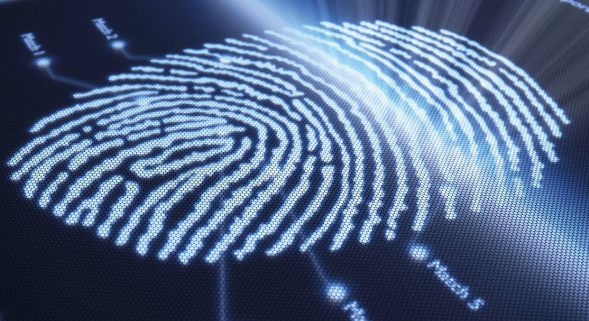What are biometrics ?
Biometrics literally means “measurement of life”. In its broadest sense, it refers to the quantitative study of living things. It has many fields of application such as anthropology or medicine. We can also define biometrics as all the processes of recognition, authentication and identification of a person by their physical or behavioral characteristics.
The characteristics of biometrics
Biometrics as a whole directly affects humans. Therefore it must have the following characteristics:
- UNIVERSAL because biometrics must be usable and accessible by all
- UNIQUE to distinguish people without ambiguity
- INVARIABLE to enable lifelong use
- RECORDABLE to allow their collection
- MEASURABLE to allow comparison
The different types of biometrics
We can group biometrics into three categories:
- Biological biometrics: authentication of a person by DNA or by blood
- Morphological biometry: authentication of a person by shape of the hand, hand’s palms, fingerprints, venous network, face, iris, venous network of retina’s venous network, voice, ear
- Behavioral biometrics: authentication of a person by his approach, dynamics of his signature, keystrokes …
IDEMIA specializes in three biometric technologies which are fingerprint recognition, facial recognition, and iris recognition. These biometrics are particularly secure, efficient, easy to deploy and use. At Biotime, we offer you powerful biometric readers from the IDEMIA range compatible with these biometrics:
- VisonPass for facial recognition
- MorphoWave Compact ( 4-fingers on the fly) and SIGMA range (Wide, Lite, Lite +, Extreme) for fingerprint recognition
- Morphotablet 2i for iris recognition
Biometrics has a bright future thanks to the security it offers to people and institutions. For more information on our biometric readers, don’t hesitate to visit our product sheets or contact us through our contact form



